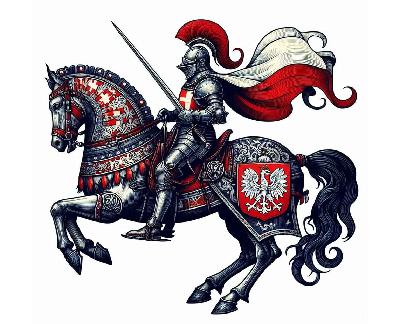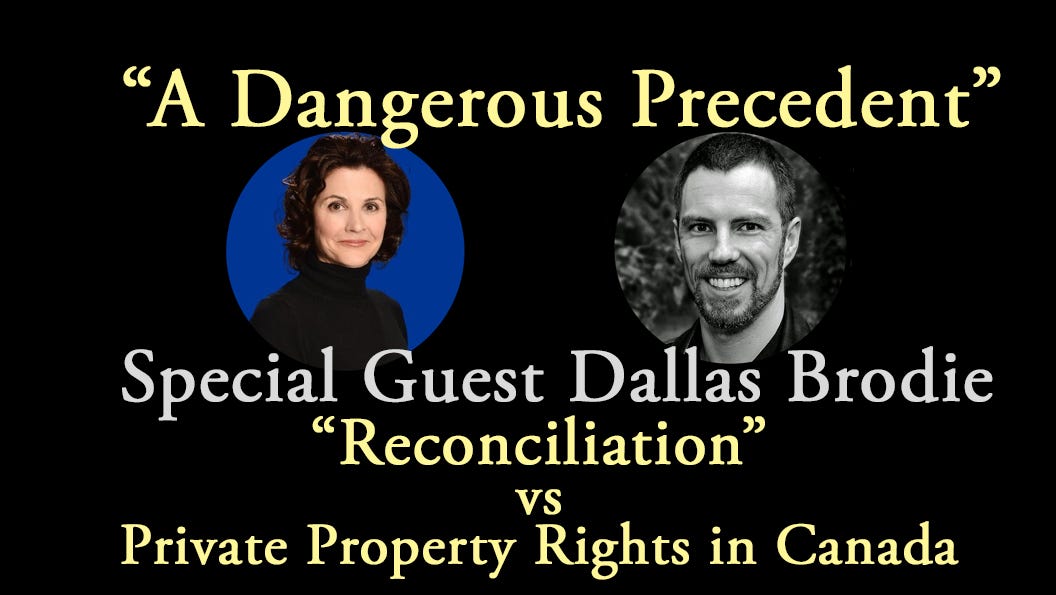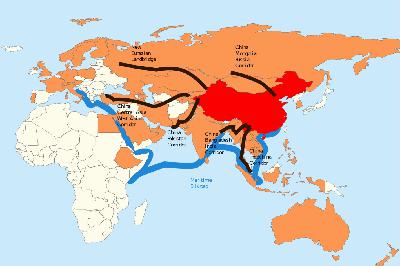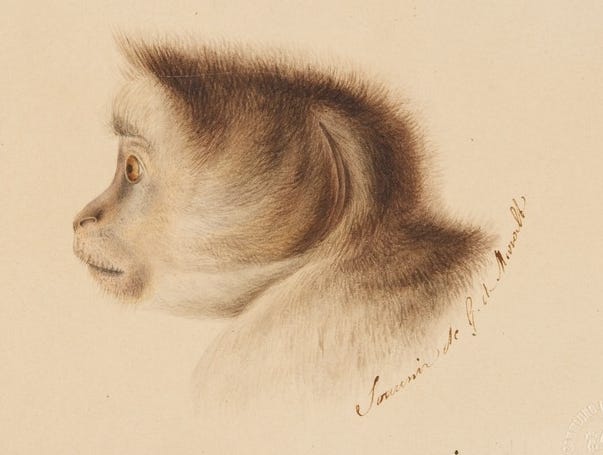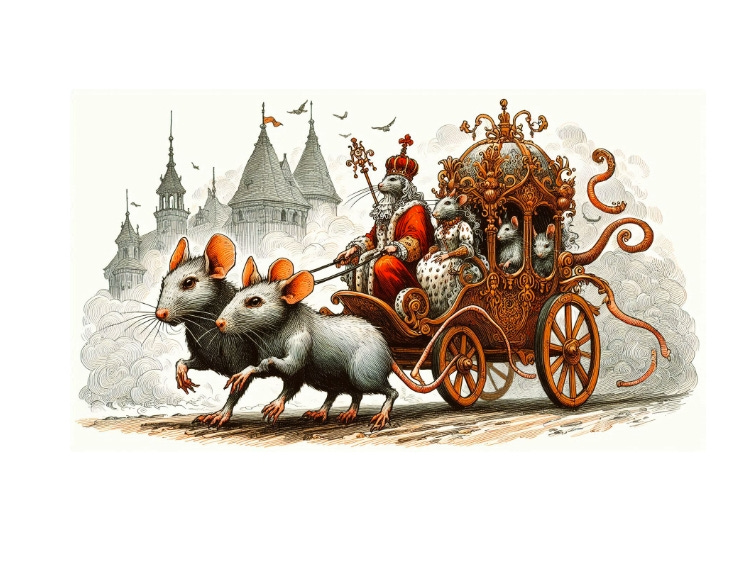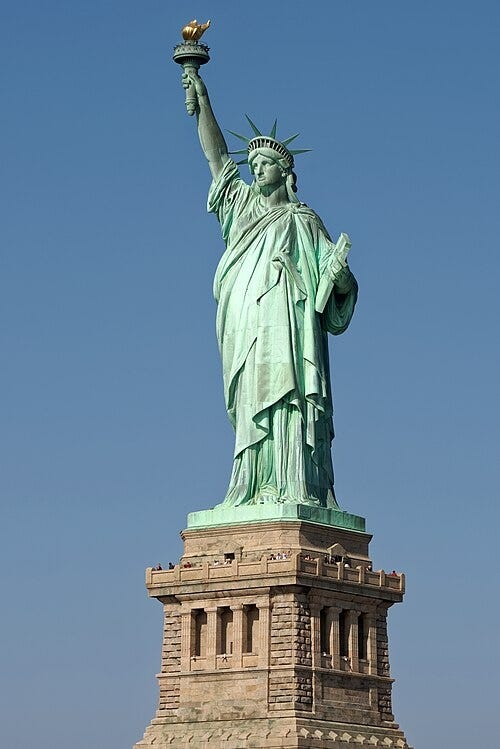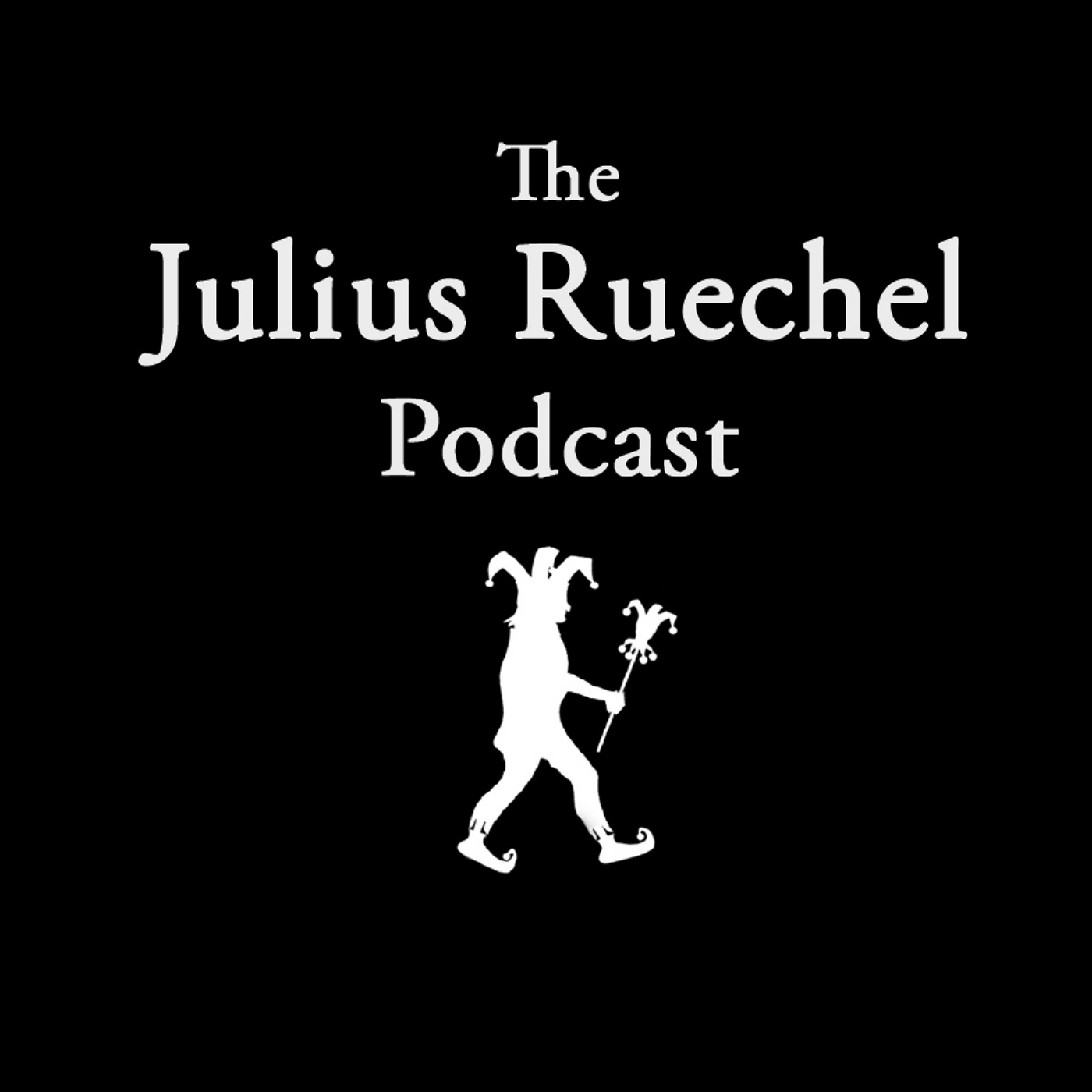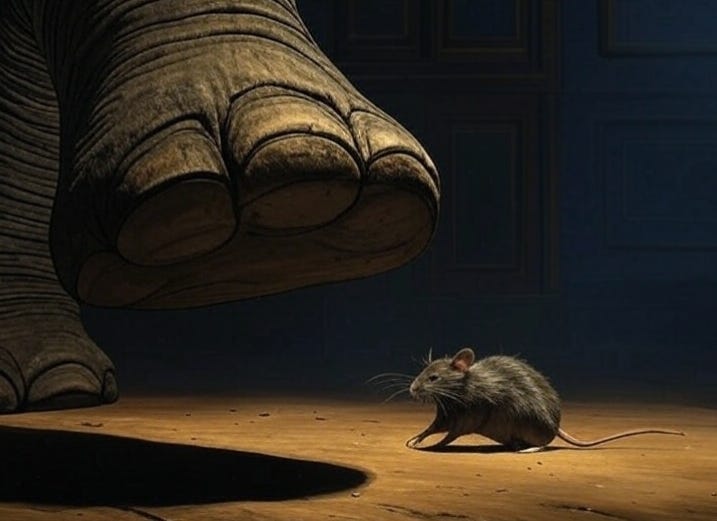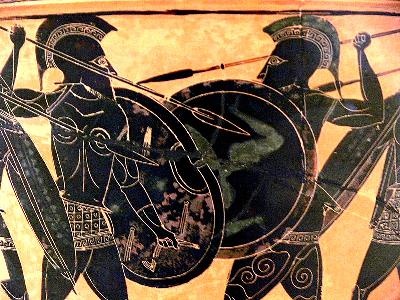Cultural Suicide
Description
Culture is an evolutionary process that follows many of the same patterns as biological evolution. And all too often, the path to cultural extinction is also evolutionary.
In biology, an invasive species is defined as “a non-native organism that, when introduced to a new ecosystem, proliferates rapidly, disrupts local biodiversity, and causes ecological or economic harm by outcompeting or preying on native species.”
What’s left out of that definition, of course, is a reflection on why the native species is so easily displaced. Or, to put it another way, why is the invader so easily able to dislodge a native species from its natural habitat in the first place? And how can that vulnerability be plugged?
A case in point drawn from the animal kingdom is the American beaver, which is perfectly at home in its native North American habitat. But after they escaped from fur farms in Europe (or were intentionally released, like in Finland and Russia), they rapidly spread across Europe and began to displace the European beaver.
American beavers are more aggressive and adaptable, and thus they quickly dominated the prime riverine habitats and food sources. Compounding this is the fact that the American beaver has a higher reproductive rate. Furthermore, European and American beavers are genetically incompatible because they have different chromosome counts (40 in American beavers, 48 in European beavers) — this rules out any possibility of some kind of hybrid mix emerging from these two rival species.
Evolution is often a zero-sum game – when two incompatible species compete for the same territory, one must eventually lose and go extinct. Without some kind of outside intervention to remove the invasive species and re-introduce the native species, the European beaver is doomed to be displaced within a few generations. Unless, of course, it evolves some new trait to “adapt” to the invader’s presence to either beat it back or find some uneasy truce. At the moment, its inevitable demise is being forestalled by eliciting sympathy from humans. But if humans lose interest in protecting it, the European beaver is ultimately destined to join the Dodo, the Passenger Pigeon, and the Wild Auroch as historical anecdotes in the fossil record.
But this isn’t an article about beavers. Nor is it about ethnicity, the color of skin, or the genes flowing in our veins.
It is about the evolution culture – about the ideas in our heads and the society that emerges from those shared ideas – about what happens when rival cultures with incompatible philosophical and moral beliefs collide, and what makes some cultures especially vulnerable to ruination and extinction.
~ ~ ~
Before jumping ahead to our own era, I’d like to begin with a stark example from another time and place in which one culture effectively committed suicide by evolving seemingly beneficial moral traits that dramatically improved the lives of all its members — for a while — only to discover that these cultural adaptations left them utterly defenseless against a hostile rival that didn’t play by the same pacifist rules.
The first Polynesian ancestors of the Māori arrived in New Zealand sometime between 1320 and 1350 AD. In the early years, they were mostly focused on survival and adaptation to their new island home, rather than organized warfare.
But, in time, that changed.
Overhunting caused New Zealand’s large flightless moa birds to go extinct within the first 100 years of Māori settlement, thus depriving the Māori of one of their major food sources. By 1445, the moa was extinct.
With the moa gone, this significantly increased competition for fish, shellfish, and cultivatable land. Meanwhile, the Māori population continued to increase even as large-scale deforestation from agriculture and hunting continued to reduce available land. This, in turn, fueled a massive competition for land and resources between rival clans. This competition began to reshape the culture itself.
And so, a warlike culture began to emerge. Their culture began to emphasize traits like mana (prestige/authority), which could be gained through bravery in conflict, and utu (reciprocity or balance), which demanded retribution for wrongs. By the time European explorers, traders, and missionaries began regularly visiting the islands in the late 18th and early 19th century, inter-tribal warfare among the Māori was deeply entrenched in their culture, and Māori culture had even evolved ritualistic cannibalism practices in which defeated enemies were consumed in order to absorb their mana.
When European traders introduced muskets to the island in the early 1800s, intertribal conflict spiraled as rival tribes leveraged the killing power of the musket to full effect. This period is known as the Musket Wars (1806 – 1845), with as many as 3,000 battles and raids fought between rival Māori clans resulting in 20,000 to 40,000 deaths (in a population of only around 80,000), with rival tribes taking many tens of thousands of slaves as captives from these wars.
Then, in 1845, the initial wave of European traders was followed by a formal British effort to conquer New Zealand (known as the Land Wars or the Māori Wars). But with the Māori well versed in guerrilla warfare, ambushes, and hit-and-run tactics, the next three decades were no less violent than the last.
Early on, the British Empire suffered heavy casualties and almost lost to the Māori. By the 1860s, 4,000 Māori warriors were facing off against 18,000 British troops who were well supported by artillery, cavalry, and local militia. Yet even then, the British faced a difficult uphill struggle. The Māori were tough customers to conquer – their warlike culture may have made life pretty perilous for the average Māori trying to build a life for their family, but that warlike culture also ensured that nothing less than the full weight of the British Empire could conquer this tiny, sparsely populated island.
But not all ancestral Māori followed this cultural evolution towards a militant warrior culture.
Around 1500 AD (approximately 150 to 200 years after the first Polynesians arrived in New Zealand), a group of ancestral Māori from New Zealand crossed the open Pacific to reach the Chatham Islands, located about 800 km to the east of New Zealand. They became known as the Moriori. With a climate too cold for agriculture, theirs became a hunter-gatherer and fishing culture.
The first few generations on the Chatham Islands followed a similar cultural arc as the Māori back in New Zealand, with prolific intertribal warfare and bloodshed erupting between the three rival groups that dominated the Chatham Islands. But then, a prominent 16th century Moriori chief by the name of Nunuku-whenua established a new set of laws that essentially turned the Chatham Islands population into committed pacifists. Nunuku’s Law forbade both murder and the eating of human flesh. According to Wikipedia, he proclaimed: "Never again let there be war as there has been this day. Do not kill." And he secured the lasting peace with an accompanying curse: "May your bowels rot the day you disobey".
Cut off from the New Zealand mainland, Moriori culture was able to develop in isolation. And, for over 300 years, Nunuku’s peace remained intact. As long as all the rival groups on the Chatham Islands bought into this new pacifist turn in their culture, they were free to enjoy their new long peace without risk of ending up as the main course on someone else’s menu.
But obviously, despite the long peace reigning on the Chatham Islands, not everyone in the rest of the world shared those noble pacifist values. And eventually, the rest of the world caught up to the Chatham Islands. At that point, the bitter price for 300 years of pacifism had to be paid.
In 1835, two Māori tribes comprised of approximately 900 people (men, women, and children) that had been displaced by the Musket Wars back in New Zealand found their way to the Chatham Islands on European trading ships. These newcomers immediately began to walk about the Chatham Islands in a way that made it clear that they were laying claim to the land and intended to stay. The Moriori withdrew to debate about what to do about it but decided to maintain their long-entrenched policy of non-aggression.
And then the Māori attacked. A Moriori survivor reported that the Māori began slaughtering them like sheep, indiscriminately killing the fleeing Moriori wherever they could find them and hunting them down in the bush wherever they tried to hide. The few survivors were all, without exception, forced into slavery to the Māori.
In 1863, after the British won their own war against the Māori and gained full control over both New Zealand and the Chatham Islands, they forced the Māori to free their Moriori slaves, which they did reluctantly and only under great pressure from the British. By then, less than 10% of the Moriori population remained.
Testifying in a European-led court in the 1870s, a Māori chief commented: "We took possession ... in accordance with our custom, and we caught all the people. Not one escaped. Some ran away from us, these we killed; and others also we killed – but what of that? It was in accordance with our custom. I am not aware of any of our people being killed by them."
During 300 years of cultural isolation, the Chatham Islands’ culture of pacifism paid handsome dividends to maintain peace and prosperity at home – it’s nice to not have to live in fear of having your skull bashed in or to be sold off into slavery. And yet, in the end, that pacifism effect

